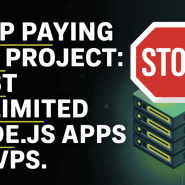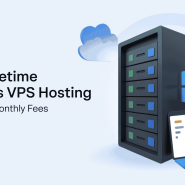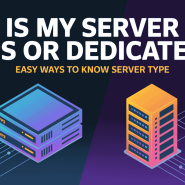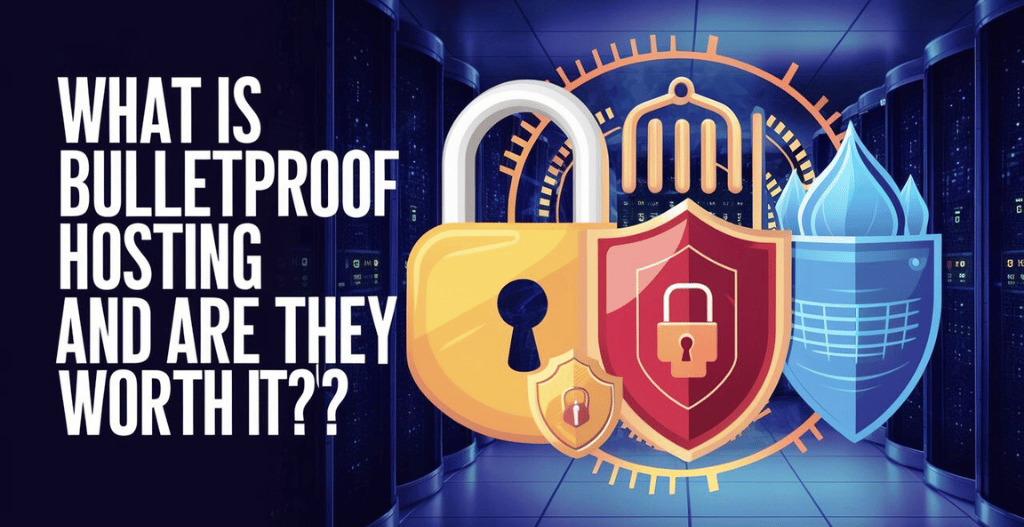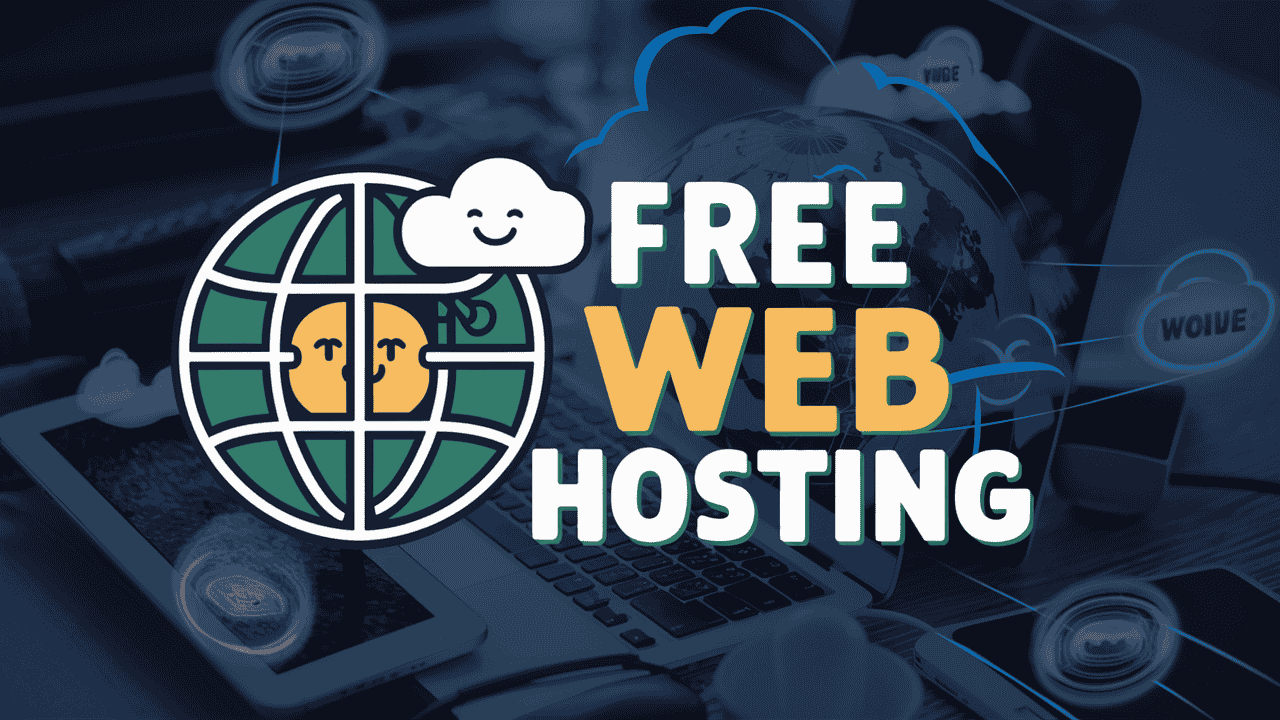“Is Cloudflare Down?” This is a question many website owners and internet users are asking these days. Cloudflare is a tool that helps websites run fast and stay safe, but sometimes it stops working like it should. When Cloudflare Down issues happen, millions of websites can get stuck, load slowly, or show error messages. In this article, we will check if Cloudflare Down is actually happening right now and give you real updates. We will also share easy tips to help you fix these problems so you aren’t left in the dark.
Let’s look at the latest news and what steps you can take next.
Checkout Best Cloudflare Alternative: Top Options & Alternatives in 2025
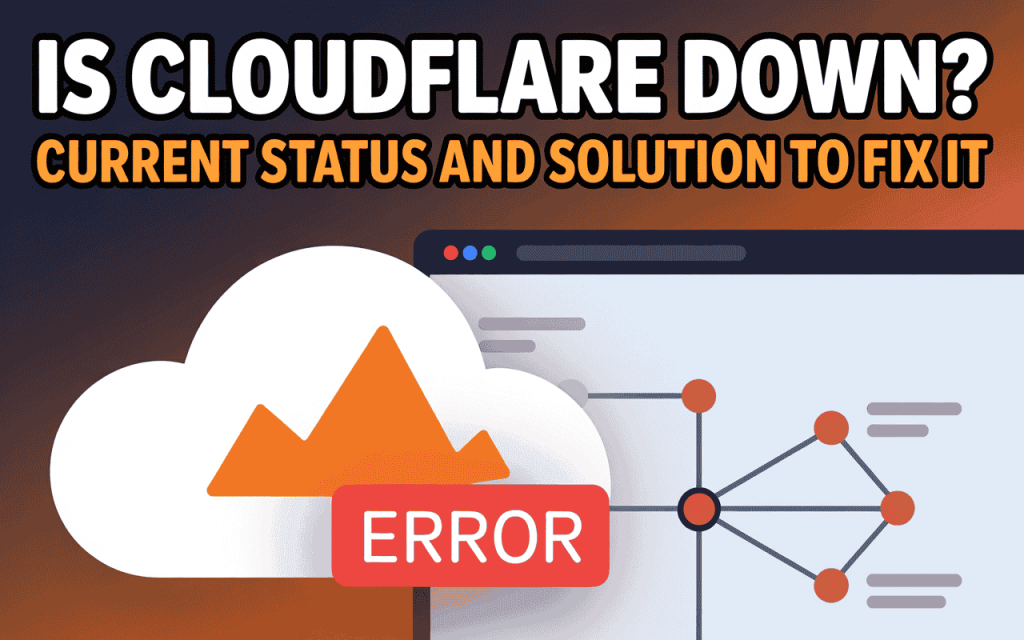
Current Status: Is Cloudflare Down Right Now?
The first thing we need to do is figure out if the problem is affecting everyone or just you.
As of today, November 18, 2025, the answer is yes. There are widespread reports that Cloudflare is currently facing a major issue with its “Global Network.” This means that instead of just one or two websites acting up, a large chunk of the internet is struggling to load.
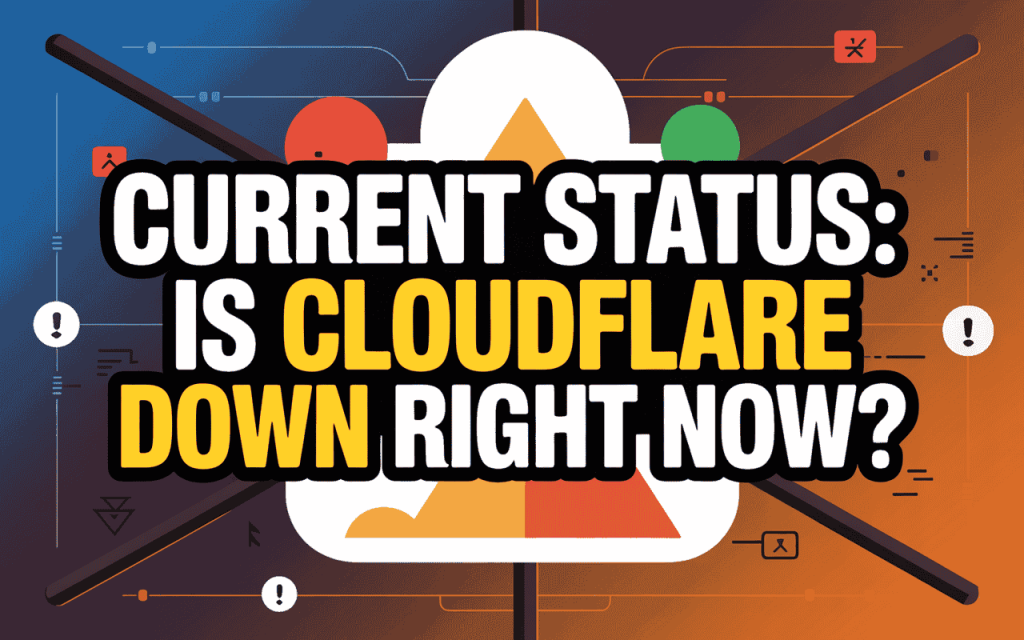
Here is what is happening right now:
- What Users Are Seeing: Many people are seeing “500 Internal Server Error” messages. This basically means the website’s server is confused and cannot connect properly.
- Who Is Affected: Big platforms like X (formerly Twitter), ChatGPT, and even Downdetector (the site that tracks outages!) are having trouble. If these giant sites are down, it is definitely not just your Wi-Fi.
- Official Word: Cloudflare has confirmed they are “aware of and investigating” the problem. They have noted that their Dashboard and API (the tools developers use) are also failing. While they had some scheduled maintenance planned for today in cities like Los Angeles and Miami, this current problem seems to be much bigger and unexpected.
If you are seeing these errors, the best thing to do is wait, as engineers are actively working on a fix.
Why Does Cloudflare Go Down?
You might be wondering how such a massive service can stop working for so many people at once.
It seems impossible that a company designed to keep the internet running could fail, but it happens. Think of Cloudflare like a giant digital traffic controller. It manages the flow of data for millions of websites. When it goes down, it is usually due to one of three simple reasons:
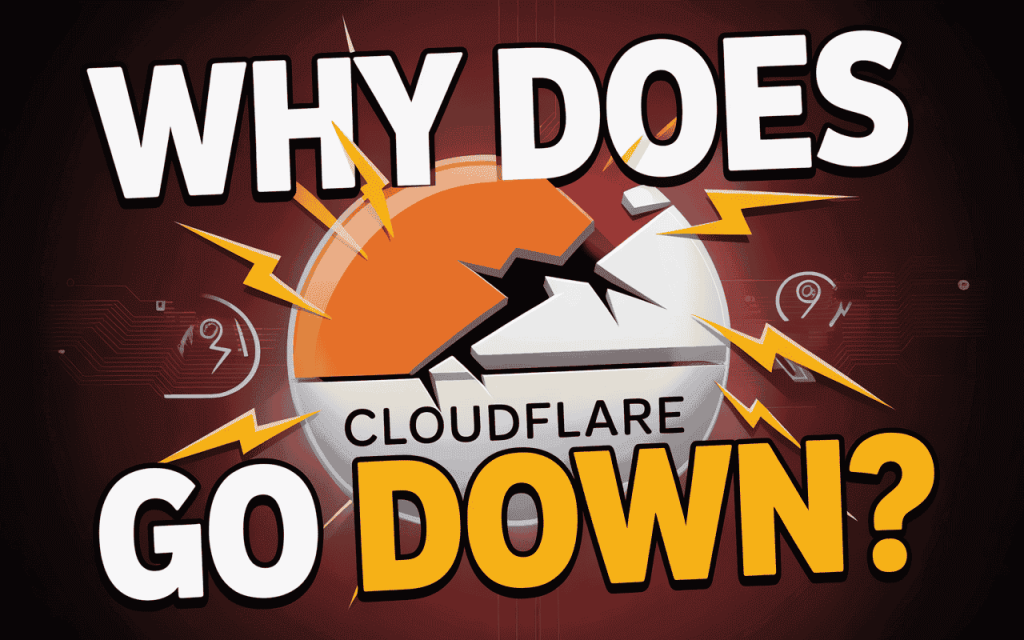
- Human Error (Bad Updates): This is actually the most common cause. Cloudflare engineers are constantly updating their software to make it faster and safer. Sometimes, a small mistake in the code or a “typo” in the settings can spread across their whole network instantly. For example, in 2022, a routine upgrade to improve their network accidentally disconnected 19 major data centers, causing a massive outage.
- Traffic Jams (DDoS Attacks): Cloudflare protects websites from “DDoS attacks,” which are like armies of robot computers trying to crash a site by visiting it all at once. Usually, Cloudflare blocks them easily. But rarely, an attack is so huge and complex that it clogs up Cloudflare’s own systems, slowing down everything else.
- The Domino Effect: Sometimes, the problem isn’t even Cloudflare’s fault. They rely on other companies for electricity, internet cables, and hardware. If a major internet cable is cut or a partner company has a failure (like the storage issue in June 2025), it can trigger a chain reaction that knocks Cloudflare offline.
Understanding these causes helps you stay calm when things unexpectedly go offline.
How to Troubleshoot Connection Issues (Step-by-Step)
If you are tired of waiting for the internet to fix itself, there are a few things you can try on your own.
Since the problem can be on your computer or on the website owner’s side, we have split these steps into two simple lists.
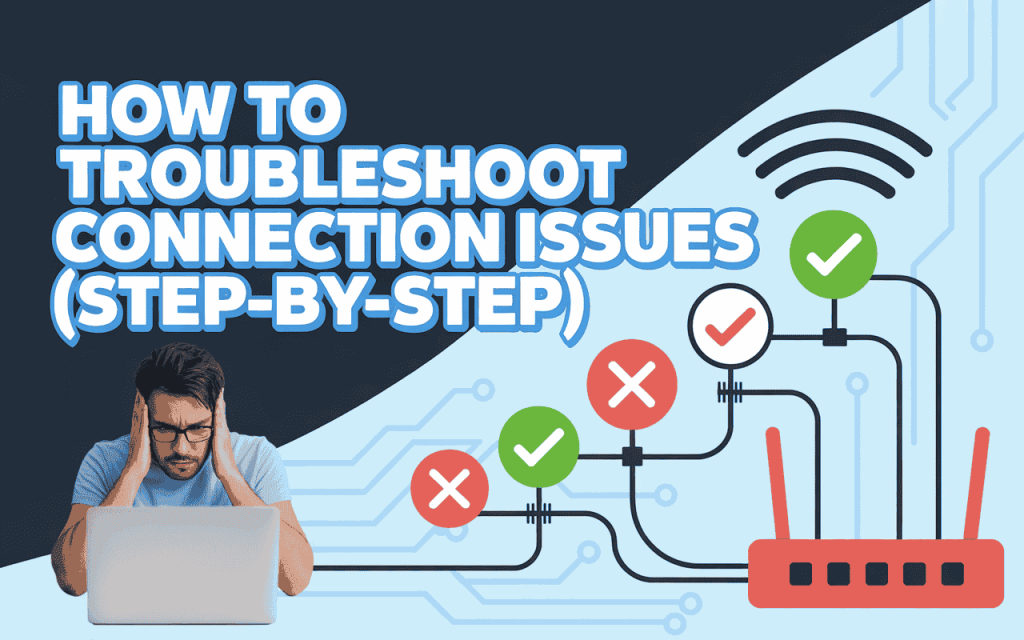
For Everyday Internet Users :
If you are just trying to browse a website and it is not loading, try these fixes:
- Check if it is just you: Visit a site like “Down Detector” or “Is It Down Right Now.” If they say the website is down for everyone, you have to wait. If it is just you, keep reading.
- Go Incognito: Open an “Incognito” or “Private” window in your browser. If the website loads there, your main browser might have old, broken data saved.
- Clear your cache: Go to your browser settings and clear your “browsing data” or “cache.” This deletes old files that might be causing the error.
- Flush your DNS: This sounds technical but is easy. On Windows, open the Command Prompt and type
ipconfig /flushdns. On a Mac, open Terminal and type the command for your specific version (usuallysudo killall -HUP mDNSResponder). This clears out your computer’s address book of websites. - Restart your router: Unplug your Wi-Fi router, wait 30 seconds, and plug it back in. This gives you a fresh connection to the internet.
For Website Owners :
If it is your website that is having trouble, you need to see if Cloudflare is the blocker.
- Check your real server: Log in to your hosting account (like cPanel) to see if your server is actually running. If your server is off, Cloudflare cannot show your site.
- Pause Cloudflare: This is the best way to test. Log in to your Cloudflare dashboard, click your domain, look for “Advanced Actions” on the Overview page, and click “Pause Cloudflare on Site.”
- Why do this? If your site starts working after you pause it, the problem is definitely with Cloudflare. If it still does not work, the problem is with your web host.
- Check your firewall: Make sure your server is not accidentally blocking Cloudflare. You might need to ask your hosting provider to “allowlist” Cloudflare’s IP addresses so they can talk to your server properly.
These simple tricks can often get you back online while everyone else is still seeing an error page.
Never Miss an Outage Again with Owrbit
The worst part about a website outage is finding out about it from an angry customer or a frustrated tweet.
You shouldn’t have to spend your day constantly refreshing your browser or searching “Is Cloudflare Down” to see if your business is safe. This is where Owrbit steps in to help. We offer a smart service called 360 Monitoring that watches over your website 24 hours a day, 7 days a week. It works like a digital security guard that never sleeps, checking your site constantly to make sure it is running smoothly.
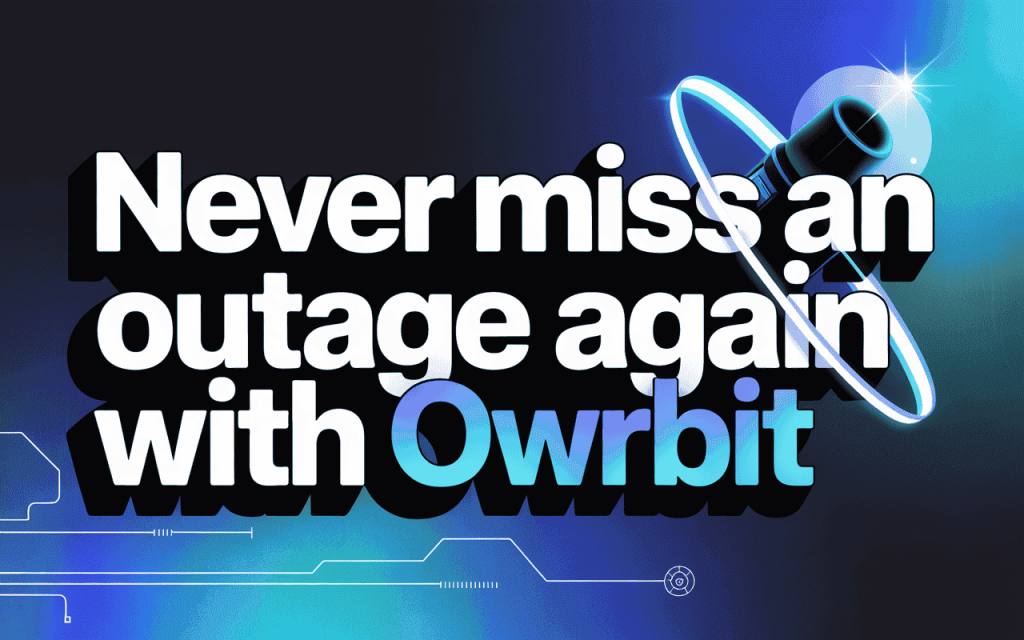
If your website ever goes offline, Owrbit sends you an alert instantly. This means you are the first person to know, not the last. You can jump in and fix the problem before your visitors even realize something is wrong. Additionally, if you host your website directly with Owrbit, we provide a 99.9% uptime guarantee. We make sure your site stays up and running so you can focus on your work instead of worrying about technical glitches.
With Owrbit watching your back, you will always be the first to know if your site is having trouble.
How to Get Started with Owrbit Today
Setting up your account is quick and easy, so you can stop worrying about downtime immediately.
You do not need to be a technical expert to protect your website. We have designed our system to be simple for everyone, whether you are running a personal blog or a large business store. Here is exactly how you can start monitoring your site right now:
- Visit the Website: Go to the Owrbit website and look for the “360 Monitoring or any web hosting” section in the menu.
- Enter Your URL: Simply type in your website address. Our tool will run a fast check to see if there are any immediate errors, broken links, or missing files.
- Create Your Free Account: Sign up with your email to save your settings. This allows our system to remember your site and keep watching it 24/7.
- Choose Your Alerts: Decide how you want to be notified. You can choose to get an email, a text message (SMS), or even a notification on Google Chat the moment something goes wrong.
Once you finish these steps, you can relax knowing that if your site—or Cloudflare—goes down, you will know about it instantly.
Take these few minutes now to protect your business for the future.
Conclusion :
Dealing with internet outages is never fun, but having a plan makes it much less stressful.
We have covered everything from how to check if Cloudflare is really down to the specific reasons why these big outages happen. You now have a clear list of steps to try if you are just browsing, and a solid plan of action if you own a website. Instead of panicking when you see an error message, you can now take control by checking your server, pausing services, or simply waiting for the official fix. Most importantly, you learned that you don’t have to do this alone—tools like Owrbit can watch your site for you, giving you peace of mind 24/7.
Stay patient, keep checking for updates, and consider using a monitor so you never have to guess if Cloudflare is down again.
Checkout Best Cloudflare Alternative: Top Options & Alternatives in 2025
Discover more from Owrbit
Subscribe to get the latest posts sent to your email.
